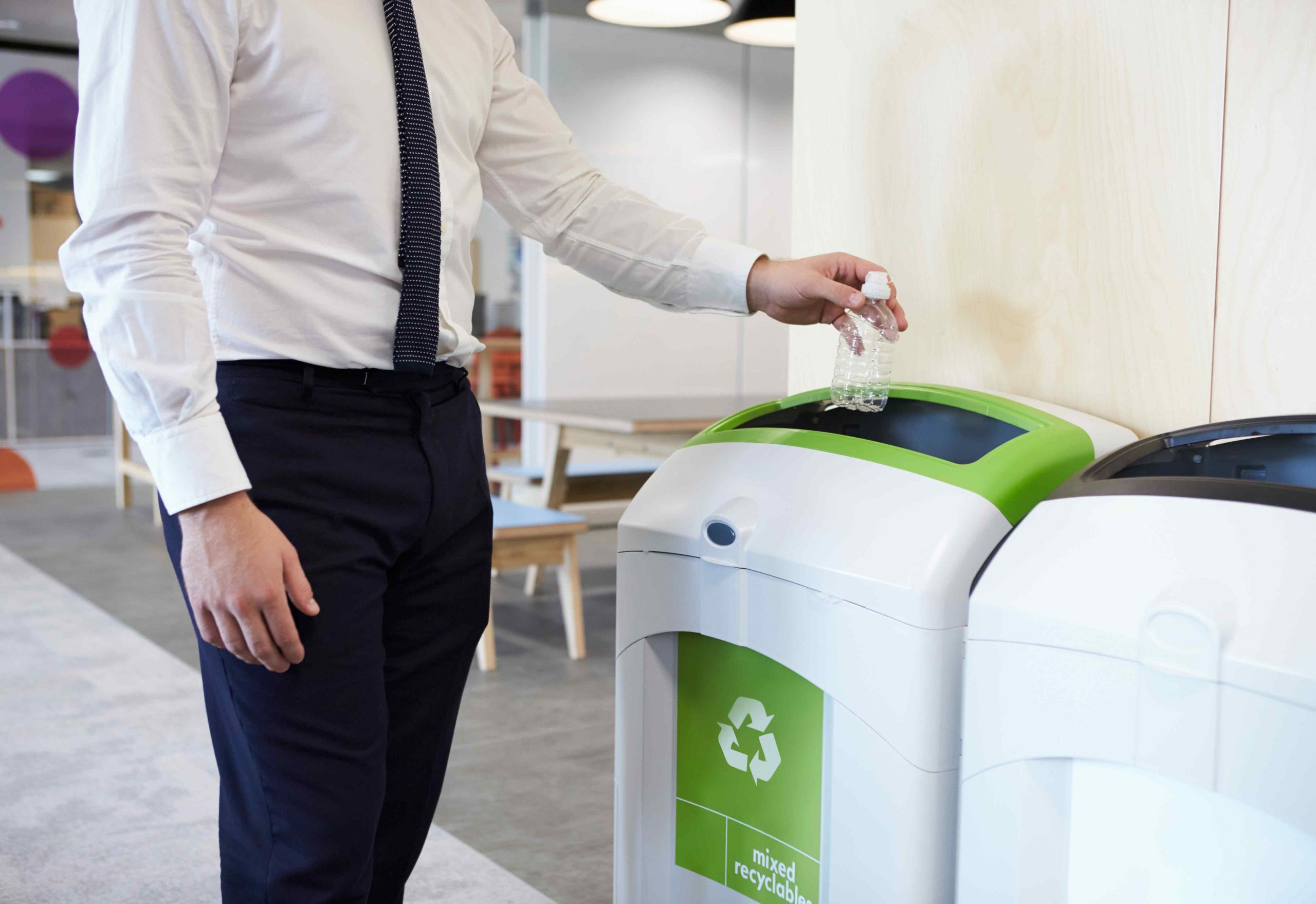Waste in business operations doesn’t only mean physical materials—it also includes wasted time, effort, and financial resources. Inefficient processes can drain profitability and slow down growth.
By focusing on reducing waste, businesses can improve productivity, enhance sustainability, and achieve better margins. Advisory firms like Ned Capital London often guide organizations to identify inefficiencies and adopt streamlined practices that support both financial health and long-term growth. Implementing waste-reduction strategies isn’t just about cutting costs—it’s about building smarter, leaner, and more resilient operations.
Streamline Processes Through Technology and Automation

One of the most effective ways to reduce waste is by leveraging technology and automation. Manual processes often lead to delays, errors, and duplication of work.
Automating repetitive tasks—such as data entry, invoicing, and customer service responses—saves time and reduces the chance of human error.
For example, cloud-based project management tools help teams collaborate more efficiently, eliminating wasted time caused by miscommunication or overlapping responsibilities. Similarly, inventory management software ensures businesses maintain optimal stock levels, avoiding both shortages and costly overstock.
While automation requires an initial investment, it pays off quickly by freeing up resources and enabling employees to focus on higher-value tasks that drive growth.
Optimize Resource Allocation and Energy Use

Another area where businesses often waste resources is in their use of materials, utilities, and energy. Office spaces that are poorly managed can result in excessive electricity, water, and paper consumption.
Manufacturing businesses may also face waste in raw material usage due to inefficient production practices.
To cut down on these costs, companies can adopt energy-efficient equipment, implement recycling programs, and monitor utility usage with smart meters. Training employees to adopt sustainable practices—such as digital documentation instead of printing—further reduces waste.
In addition, conducting regular audits of resource usage can reveal hidden inefficiencies, enabling businesses to adjust operations accordingly. Not only does this reduce expenses, but it also strengthens a company’s sustainability profile, which is increasingly important to modern investors and consumers.
Improve Time Management and Employee Productivity

Time is one of the most valuable resources in any organization, yet it is often wasted through poor scheduling, unclear priorities, and inefficient meetings. Companies can significantly improve efficiency by setting clear goals, defining responsibilities, and encouraging employees to focus on high-priority tasks.
Adopting agile working methods or lean management principles can help teams minimize wasted effort and stay aligned with organizational objectives. Limiting unnecessary meetings and using clear communication channels also saves valuable time.
Additionally, providing training and professional development opportunities ensures employees are skilled, motivated, and productive, reducing downtime and increasing overall output. By addressing time waste, businesses can boost morale, cut costs, and achieve more with the same workforce.
Conclusion
Cutting waste in business operations is about much more than cost reduction—it’s about creating a smarter, more efficient, and more sustainable organization. By adopting technology to streamline processes, optimizing resource use, and improving employee productivity, companies can significantly improve their bottom line.
Expert advisors such as Ned Capital London highlight that waste reduction not only enhances profitability but also builds resilience in competitive markets. With practical strategies and a commitment to efficiency, businesses can position themselves for sustainable growth while delivering greater value to both customers and stakeholders.


